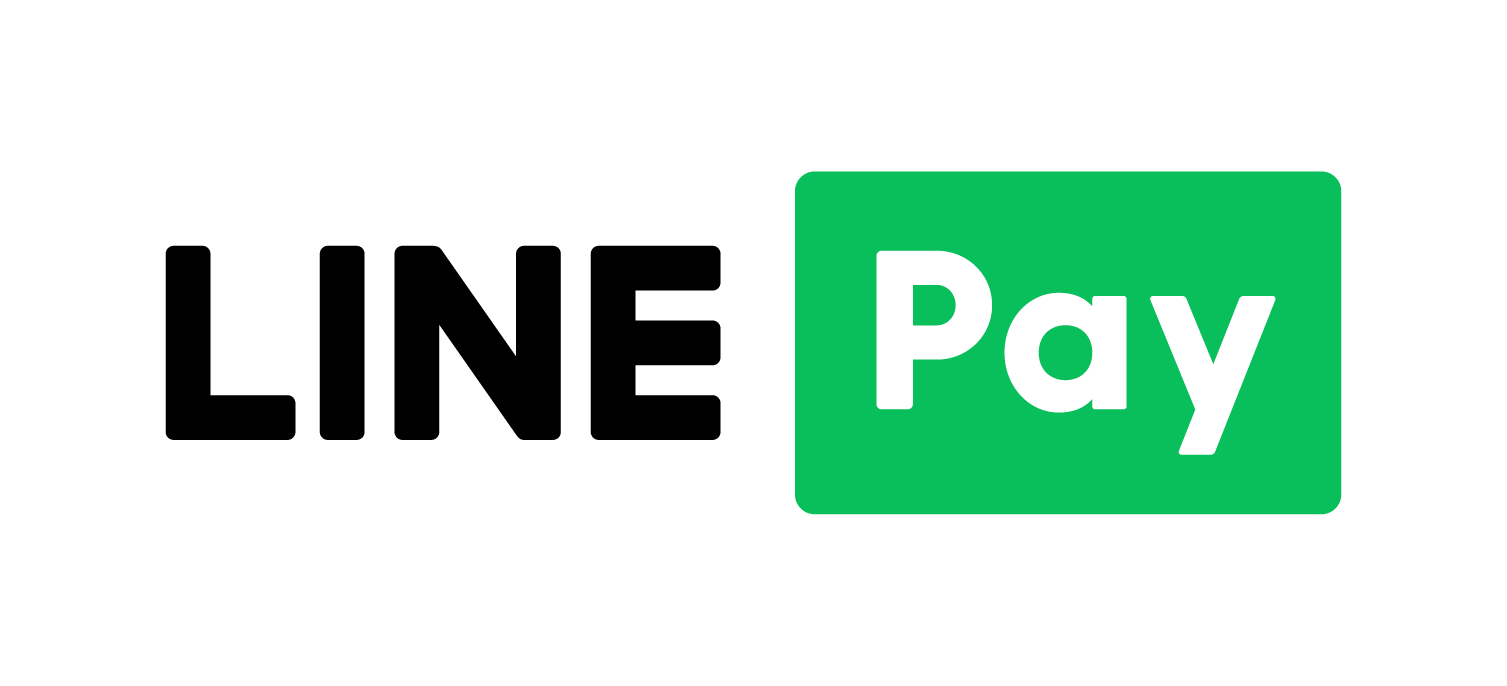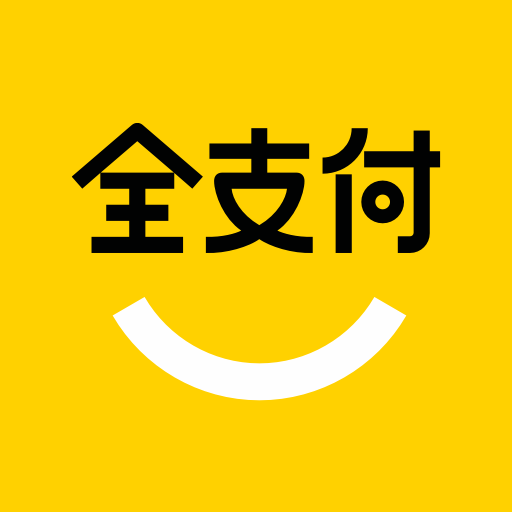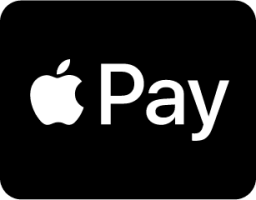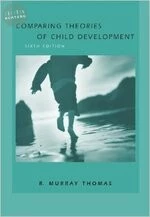
| 定價: | ||||
| 售價: | 1800元 | |||
| 庫存: | 有庫存: >=5 | |||
| LINE US! | 詢問這本書 團購優惠、書籍資訊 等 | |||
| 付款方式: | 超商取貨付款 |

|
|
| 信用卡 |

|
||
| 線上轉帳 |

|
||
| 物流方式: | 超商取貨 | ||
| 宅配 | |||
| 門市自取 |
為您推薦

類似書籍推薦給您

類似書籍推薦給您

類似書籍推薦給您
【簡介】 A new approach to teaching computing and technology ethics using science fiction stories.Should autonomous weapons be legal? Will we be cared for by robots in our old age? Does the efficiency of online banking outweigh the risk of theft? From communication to travel to medical care, computing technologies have transformed our daily lives, for better and for worse. But how do we know when a new development comes at too high a cost? Using science fiction stories as case studies of ethical ambiguity, this engaging textbook offers a comprehensive introduction to ethical theory and its application to contemporary developments in technology and computer science. Computing and Technology Ethics: Engaging through Science Fiction first introduces the major ethical frameworks: deontology, utilitarianism, virtue ethics, communitarianism, and the modern responses of responsibility ethics, feminist ethics, and capability ethics. It then applies these frameworks to many of the modern issues arising in technology ethics including privacy, computing, and artificial intelligence. A corresponding anthology of science fiction brings these quandaries to life and challenges students to ask ethical questions of themselves and their work. Uses science fiction case studies to make ethics education engaging and fun Trains students to recognize, evaluate, and respond to ethical problems as they ariseFeatures anthology of short stories from internationally acclaimed writers including Ken Liu, Elizabeth Bear, Paolo Bacigalupi, and T. C. Boyle to animate ethical challenges in computing technology Written by interdisciplinary author team of computer scientists and ethical theoristsIncludes a robust suite of instructor resources, such as pedagogy guides, story frames, and reflection questions

類似書籍推薦給您
【簡介】 This book explores the tight relationship that existed between application needs and computational problem-solving methods during the Middle Ages, particularly the period between the 9th and 15th centuries. It was a time of great cultural and economic evolution, starting with the blooming phase of Arab science and continuing with the acquisition of Hindu-Arabic computation methods (based on the decimal positional number system) in Western Europe.The aim is to show, by means of suitable examples, how in the Middle Ages mathematics and computation were tightly related to the solution of everyday life problems. These ranges from religious problems like computing the date of Easter to land measurement and financial computations, as well as handling various volumes and managing agricultural resources.In particular, during the late medieval centuries when the economy saw a substantial upswing, merchants’ activity required strong computational skills to solve a great variety of problems. It is such need that led to the creation of the so called ’abacus schools’ that the sons of merchants, primarily Italians but also from other European regions, attended during their boyhood to learn computing techniques.